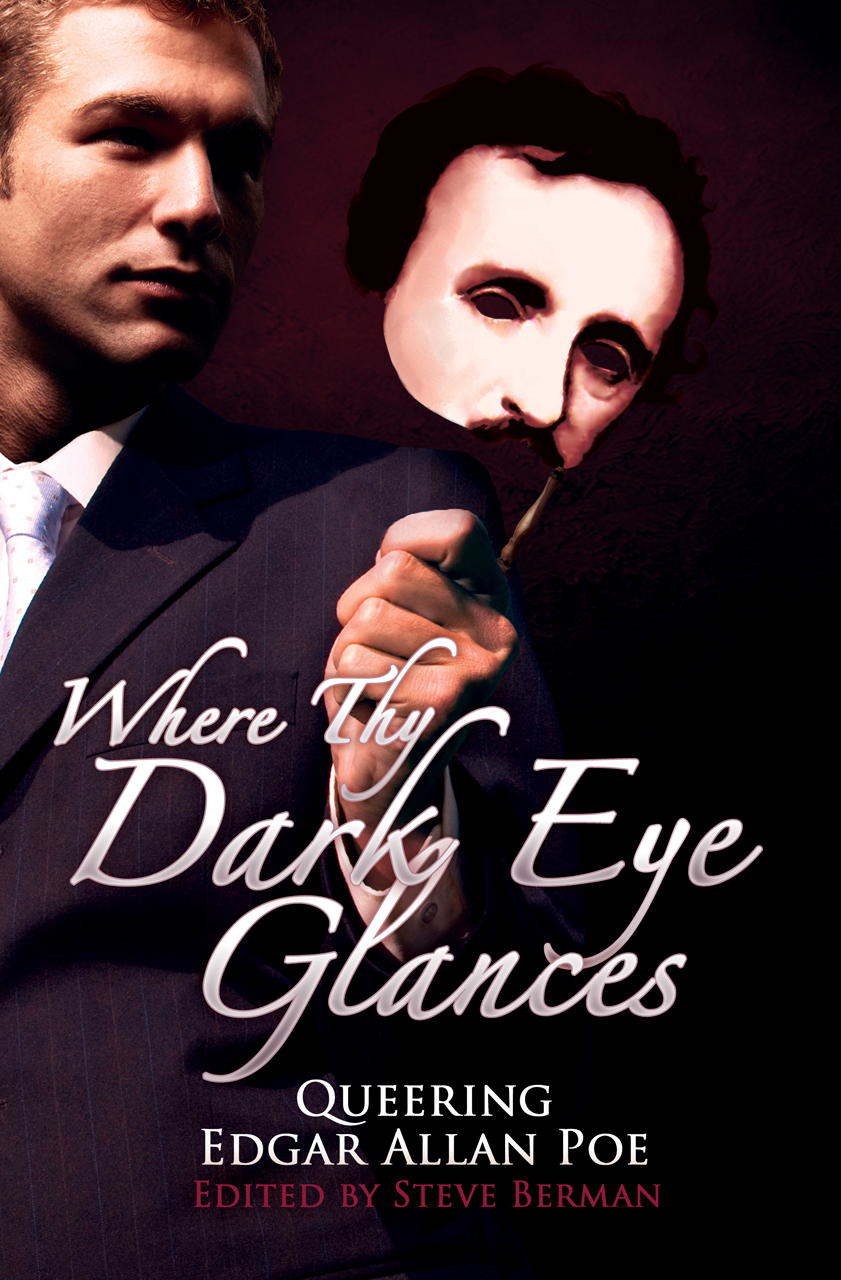The upper word-count limit for submissions to a very great many short-fiction venues is 5,000 words. Of my list of places I’d quite like to be published, probably a third are no-exceptions absolute about it while another third express a strong preference for 5K and under. Interestingly, most of those are online publications: buying into the myth of the internet attention span?
At any rate, an unfortunate balk in the way of my getting into those estimable venues because 5K words is a limit I almost always exceed. Glancing back at the twenty or so stories I’ve written since 2009, I think only two were sub-5K.
Very early this morning, I thought I’d managed the trick. Yes, surprise, so very soon after the tardy first, I completed a draft of a second 2013 story. In fact, I wrote it in about forty-eight hours (with heartfelt thanks to SB for the inspirational spur—what shall I write about?—this, and this). That draft was a paltry few round-uppable words under five thousand. Unnecessarily, in terms of the market it’s aimed at, which is happy to consider stories up to 6,500 words.
In the twelve-ish hours since, revision added another five hundred words to “Shep: A Dog”—so much for that. Oh, well.
As well as being the second completed story of the calendar year, “Shep: A Dog” is my second nostalgia-fuelled story of 2013. “A Portrait in India Ink by Harry Clarke” was set in a doubtless romanticized version of Co. Waterford, Ireland, where I lived in the mid-to-late 1960s. “Shep: A Dog” starts out, and remains for half the story, on Carmel Beach.
I was born in Carmel-by-the-Sea, California—literally within the city limits, although Community Hospital moved to Monterey a few years later—and didn’t definitively leave the area until I was twenty-seven. For the next three years I lived in San Francisco, a hundred twenty-five miles north, but visited almost monthly. Since, though, I can count my trips back on a hand and a half, most recently a flying visit eight years ago. It isn’t a place I think of as having much hold on me now most of my family has also left and the town itself continued its inevitable evolution from tourist trap masquerading as funky bohemian artist colony to enclave of incalculable, unjustifiable, unsustainable wealth masquerading as tourist trap. Bitter, me? Plus the climate is life sapping for a tender hot-house flower like myself. At least New England has hot summers most years.
Another thing: It’s not a fact I go out of my way to broadcast but it is relatively common knowledge that my grandfather was Robinson Jeffers, misanthropic bard of the Central California coast, and my childhood home was the stone house he built, mostly with his own hands, just southwest of Carmel-by-the-Sea proper on Carmel Point. Outside California, it’s a generally meaningless datum, thank merciful and compassionate God, but in state—particularly on the Monterey Peninsula—the shadow of that man is thick and dense and choking, like the legendary Carmel Bay fog.
So it is perhaps no wonder that, while California shows up all over my own work (usually as a place to be escaped from), Carmel and its environs are not to be found. The closest I’ve got in anything published, I think, is Santa Cruz on the north shore of Monterey Bay, a minor setting in Safe as Houses.
I’m not at all certain why I chose finally to exploit Carmel in fiction. If I’d started instead of finished the story today I might point at a link one of my sisters posted on Facebook this morning: a 1967 telefilm on Robinson Jeffers produced by a San Francisco station. But that’s just a creepy coincidence and I haven’t brought myself to watch the video yet.
Possibly it was an extension of the nostalgic impulse that placed “A Portrait in India Ink” in Ireland. Also, though, as the title makes clear, “Shep: A Dog” is a story about a dog (named Shep), and I walked so many dogs on Carmel Beach, Jeffers bulldogs and whippets and mutts, that the notion of dogs is inextricably tangled in my mind with beach walks and beach walks with that particular beach, a five-minute amble from Tor House. One of several tragedies in the short life of Mustafa, the puppiest puppy ever and model for every dog I write, was his never getting to gambol on any beach. (A year or two after Mustafa’s death, his great good friend Duncan did visit Carmel but the silly boy was afraid of the Pacific.)
Also also, “Shep: A Dog” is a deliberately fluffy, lightweight, feelgood story. I don’t know that I could set any other kind of story in a place I clearly have such strong feelings about still. A kind of trivializing magic. The first draft contained several pointed class-war references to the transformation of Carmel I watched happening in my youth, further witnessed in jarring intervals since leaving, into a falsely eccentric wonderland only the 1% can or would wish to live in. Most of that got edited out (not all the revision was adding stuff), but it might be noted that neither of the story’s protagonists—upper-middle though their families are—live in Carmel proper: one in Mission Fields, an unincorporated community southeast of town that was, in my childhood, as near to trailer trash as one got south of Monterey; the other in Pacific Grove, north over the hills from Carmel, a solid, friendly, burgherly little city in my recollection.
All that unloading over (nearly a thousand words), I’ll simply note that I’m quite happy with “Shep: A Dog”: a fantasy of young love that makes me feel good. It has been submitted to the market I intended it for a few days before deadline and perhaps in a month or two I’ll be able to announce its sale.

